Is Polka Dot Plant Toxic to Cats?
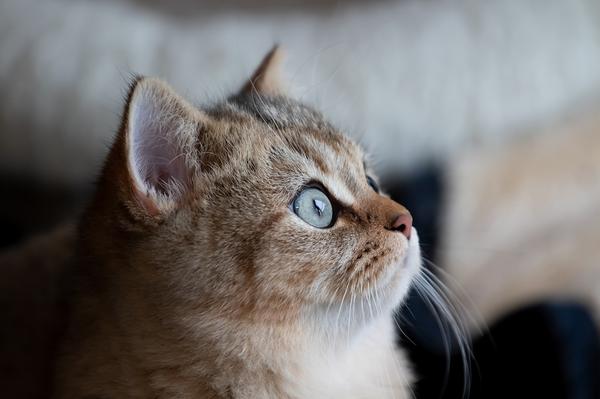
You'll agree with me when I say:
Finding out if certain plants are toxic to our feline friends can be downright nerve-wracking. 😬
It's like walking through a minefield of potential dangers, constantly worrying about every innocent leaf or stem.
The fear of accidentally introducing something harmful to our beloved cats can keep us up at night.
But let me tell you, there is hope.
Let's dive into the world of the polka dot plant and find out if it poses a threat to our furry companions.
Let's begin.
Is Polka Dot Plant Toxic to Cats?
While the polka dot plant is generally safe for cats, you need to monitor their consumption. Overeating can lead to vomiting and diarrhea. However, this plant is harmless for dogs and horses as well. Keep a close eye on your cats to prevent excessive munching.
Have you ever laid eyes on those adorable polka dot plants and wondered if they pose a danger to your beloved cats?
Well, let me fill you in on what I uncovered. The polka dot plant is a lively and whimsical plant, adorned with leaves tinged pink and speckled with green spots.
Now, here's the scoop right off the bat - it's generally safe for your furry friends... so there's no need to fret excessively about it.
Nevertheless, as is true in life, moderation is key.
Gobbling up copious amounts of the polka dot plant can result in some unpleasant consequences for your feline companions. Specifically, it may induce vomiting and diarrhea.
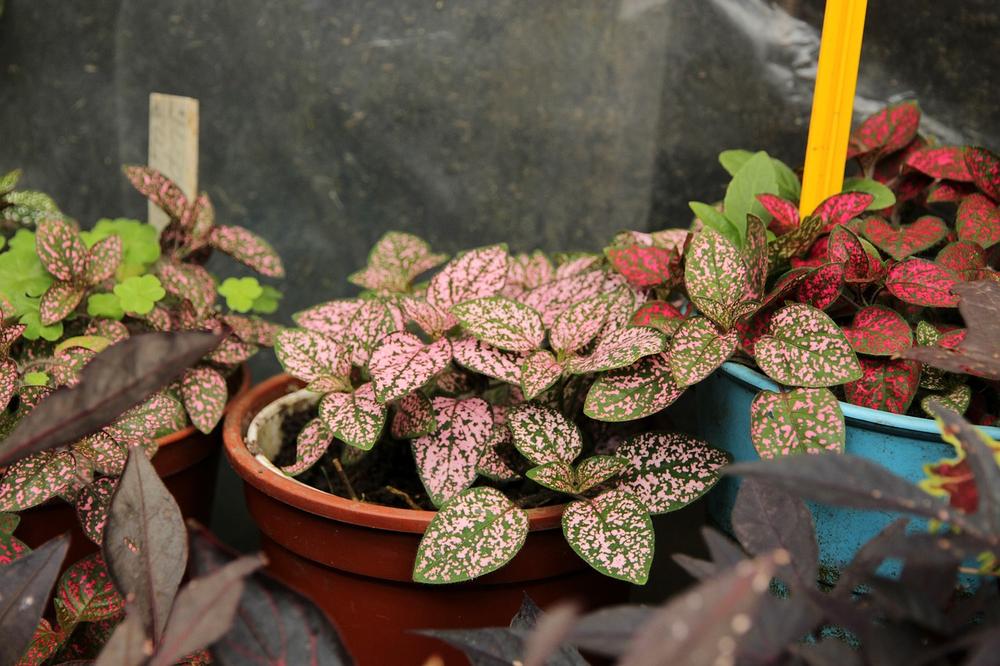
But hold tight... Despite the potential gastrointestinal disturbances, there's great news folks!
This plant is deemed harmless not only for cats but also for dogs and horses. Therefore, if you have a household full of multi-pet buddies or inquisitive critters freely exploring, you're in the clear.
That being said, as responsible pet owners, you need to keep a watchful eye on your cats and ensure they don't go wild munching on an abundance of polka dot plant leaves.
And I know you may be wondering about other common houseplants that could potentially be toxic to your furry companions.
That's why I highly recommend checking out my article Is Prayer Plant Toxic to Cats.
In it, I delve into the potential dangers of prayer plants for your beloved feline friends and provide helpful tips on how to keep them away from these plants.
What Part of Polka Dot Plant Is Poisonous to Cats?
Polka Dot Plant, while generally safe for cats, can cause stomach upset if ingested in large quantities.
Cats might experience symptoms like vomiting, diarrhea if they consume a lot of leaves.
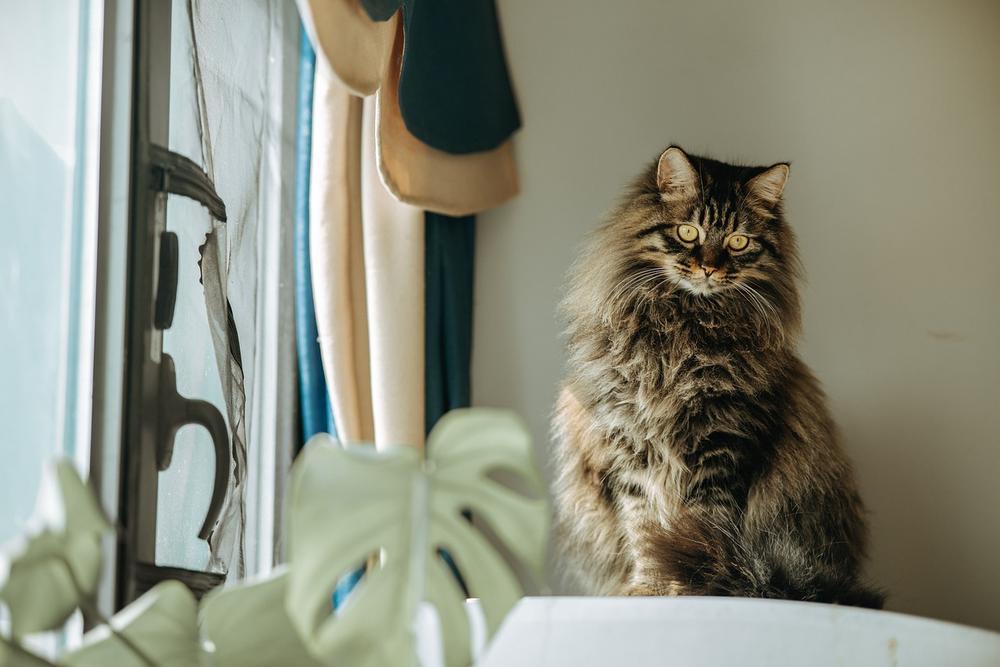
Moreover, nibbling on this plant may lead to dizziness, mouth burning and irritation, skin irritations, rashes, and allergies in our feline friends.
So, it's important for you to be aware of these potential effects before letting your cats near the Polka Dot Plant.
Keep an eye out for any changes in their behavior or health if they have access to it.
Take care of your furry companions!
How to Keep Cats Away from Polka Dot Plant
You want to keep cats away from your polka dot plant?
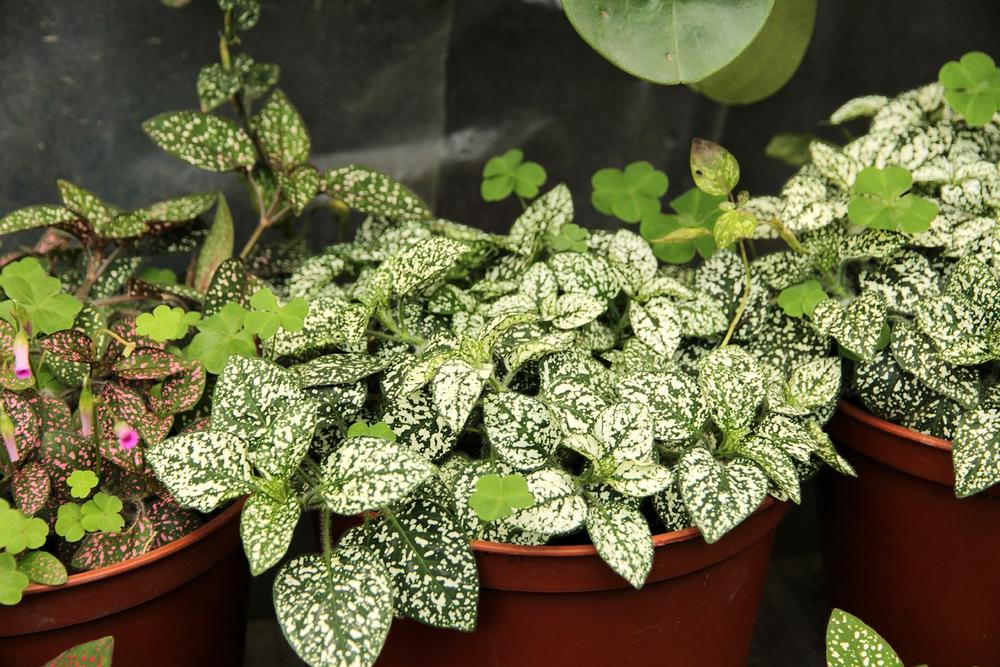
No worries, I've got you covered.
Here are some practical tips to help you out:
- Keep the plant out of reach: Find a spot where your cats can't reach it. High shelves or hanging baskets work great.
- Use physical barriers: Place stones or rocks around the plant to block the cats from getting close.
- Move the plant outdoors: If you have an indoor cat, consider taking the plant outside where they won't have easy access to it.
- Train your cat: Use techniques like those used to keep them off counters or tables. A gentle spray of water or deterrent sprays can do the trick.
- Pinch off blossom spikes: This encourages leaf growth and makes the plant more enticing to cats.
- Provide a separate plant: Cats love exploring new things, so give them their own plant to nibble on and divert their attention from yours.
Your polka dot plant will remain unharmed by inquisitive felines if you take these suggestions into account.
And hey, you'll have a happy and healthy plant too!
What to Do If Your Cat Consumes Polka Dot Plant
If your cat eats a polka dot plant, be on the lookout.
Watch for signs like puking and pooping problems in your furry buddy.
These symptoms might mean that your kitty is feeling uneasy after snacking on the plant.
Gobbling up the polka dot plant can result in feelings of sickness, throwing up, and diarrhea.
How severe it is depends on how much was eaten.
To make the plant last longer, think about trimming off its flowers.
This way, you remove any temptation for your curious cat.
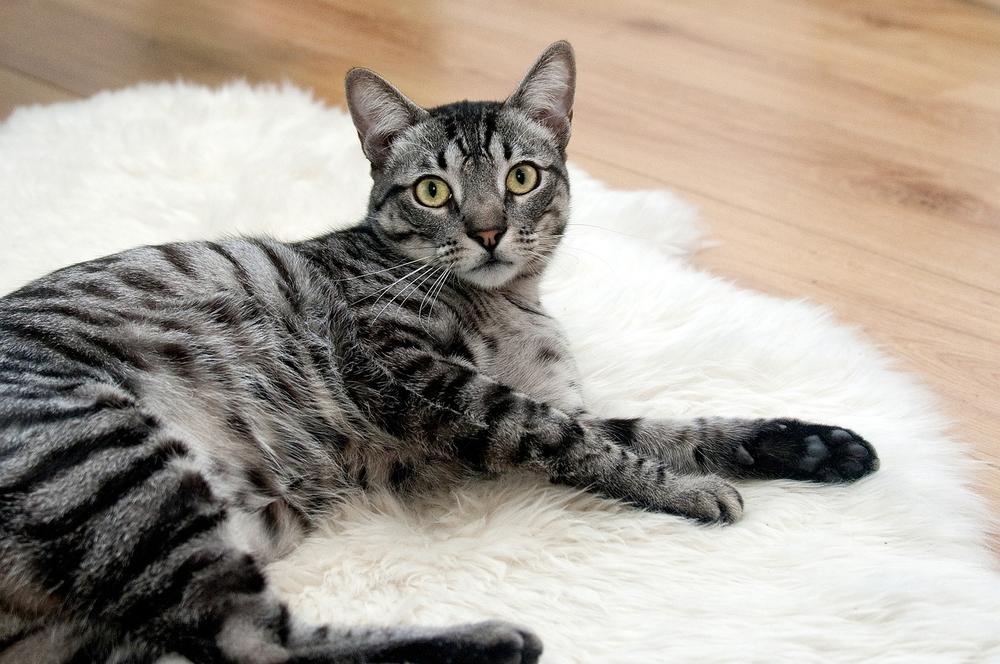
Now, if you're worried about your cat's health, it's best to seek advice from a vet.
They're the pros in these matters and can guide you properly.
While waiting for professional help, keep your cat away from the plant.
And please remember, don't try making your cat vomit unless specifically told to by a vet.
In case of emergencies involving plant ingestion, you can reach out to the ASPCA Animal Poison Control Center.
They'll give you further guidance.
One last thing: avoid trying home remedies or experimental treatments in these situations.
Trust the experts and let them handle it.
Prevention and Safety Tips for Cats
To protect your cats, here are ten simple tips:
- Give your cats their own plants like cat grass or catnip.
- Keep polka dot plants and other household plants out of their reach.
- Make sure your cats are properly fed so they don't eat the plants.
- Keep an eye on well-fed house cats to make sure they're not munching on plants.
- Use basic gardening techniques to keep your indoor plants healthy.
- Offer cat grass or catnip as a safe alternative for your cats.
- Keep toxic plants far away from your furry friends.
- Prevent any discomfort or health problems in your cats.
- Look out for signs of vomiting or digestive issues.
- If needed, take your cat to the vet for medical care.
It's all about taking preventive measures to keep your cats happy and healthy. 😺
Other Plants That Are Toxic to Cats
Watch out for these toxic plants
Be careful of not only the polka dot plant, but also other plants that can be harmful to your cat.
Keep an eye out for lilies, sago palms, azaleas, rhododendrons, and Dieffenbachia.
These seemingly innocent plants can actually cause serious harm if ingested by your furry friend.
And don't forget about the Polka Dot Begonia!
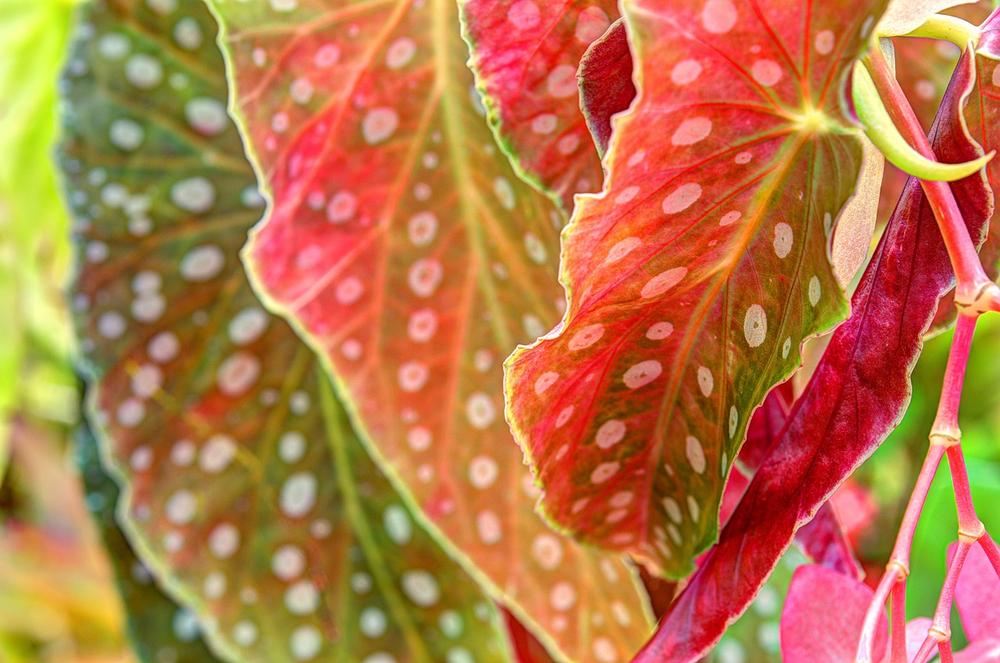
It may belong to the same family as the Polka Dot Plant, but this one is toxic to cats. Even a small piece of the Begonia plant can lead to mouth discomfort, vomiting, hypocalcemia, or kidney failure.
The dangers of Sago palms and peace lilies
Let's discuss two specific plants: Sago palms and peace lilies.
Sago palms contain something called cycasin, which can cause gastritis, nervous system symptoms, and liver damage in cats. As for peace lilies, they're not so peaceful for our feline friends. These plants have insoluble calcium oxalate crystals that can irritate cats' mouths and digestive tracts.
Safe indoor plants for cats
Now, don't panic with all these examples of toxic plants. There are still plenty of beautiful plants that you can safely have around your cat.
Some safe options include calathea, money tree, peperomia, parlor palms, and friendship plants.
However, even though nerve plants are not toxic to cats in small quantities, it's best to keep them away just to be on the safe side.
This way, you can enjoy a lovely collection of indoor plants without worrying about your cat's well-being.
Protecting Cats from Toxic Polka Dot Plants
Key takeaways:
- Polka dot plants are generally non-toxic to cats, dogs, and horses.
- Consuming large quantities of polka dot plant leaves can harm cats, causing vomiting and diarrhea.
- Ingesting the plant can also cause burning, irritation, and skin irritations in cats.
- Growing polka dot plants requires warm temperatures and high humidity, and pinching off blossom spikes can enhance leaf growth.
- To keep cats away from polka dot plants, you can either move it out of their reach or use physical barriers like stones.
- Training cats to stay away from the plant is possible using similar techniques to keeping them off counters or tables.
- If a cat consumes a polka dot plant, contact a veterinarian and do not induce vomiting unless recommended.
- Providing cats with their own plants like cat grass or catnip can divert their attention from household plants.
- Be cautious when selecting plants for the home, as some may look similar but are toxic to cats.
- Other toxic plants for cats include lilies, sago palms, azaleas, rhododendrons, and Dieffenbachia.
- Safe indoor plants for cats include calathea, money tree, peperomia, parlor palms, and friendship plants.
- Nerve plants (fittonia argyroneura) should still be kept away from cats, though they are not toxic in small quantities.
And that wraps up today's article.
If you wish to read more of my useful articles, I recommend you check out some of these: Can I Have a Vet Over to My House, Is Orange Essential Oil Safe for Cats, Are Stink Bugs Poisonous to Cats, Fleas on Cats Face, and Can You Shave a Cat to Get Rid of Fleas
Talk soon,
-Sarah Davis